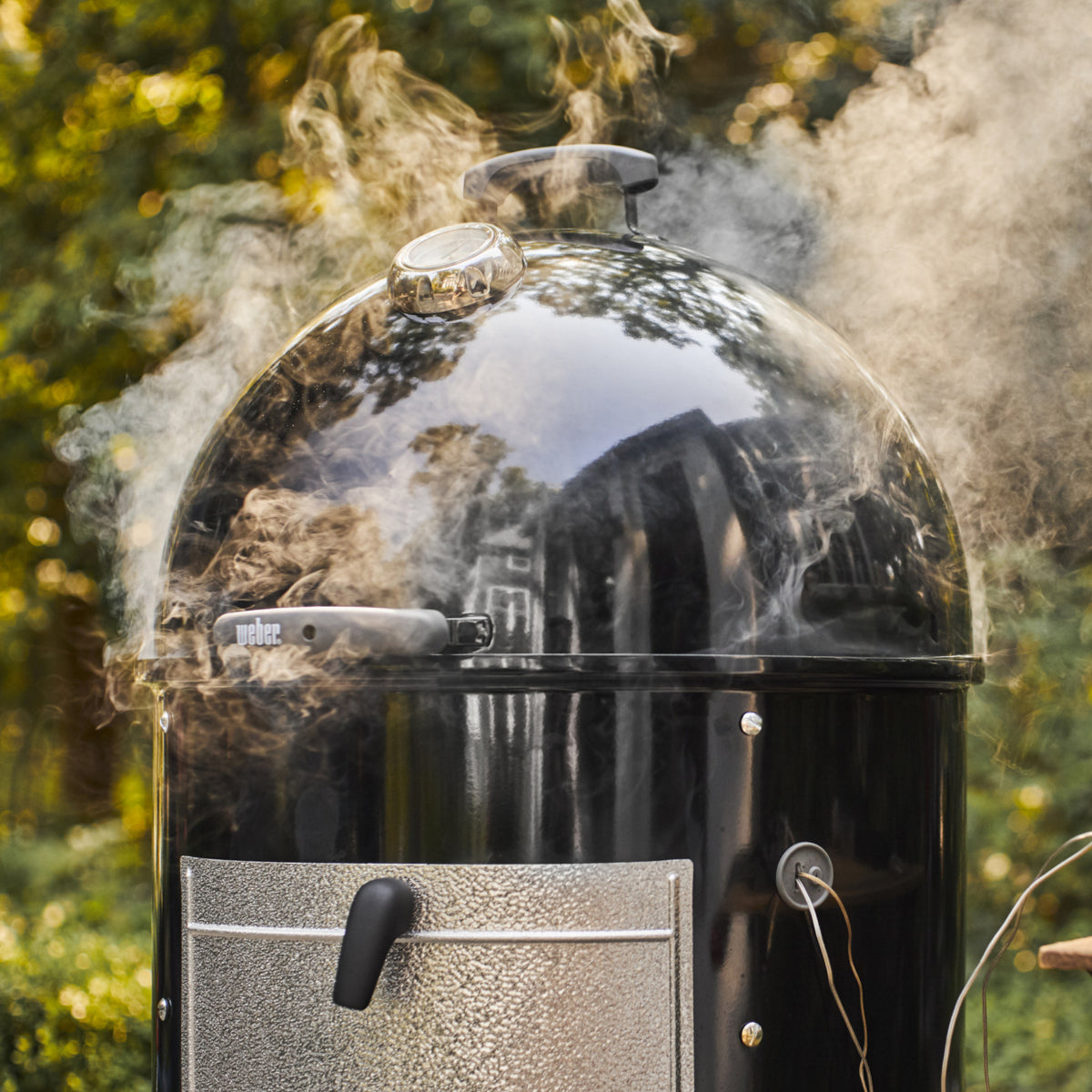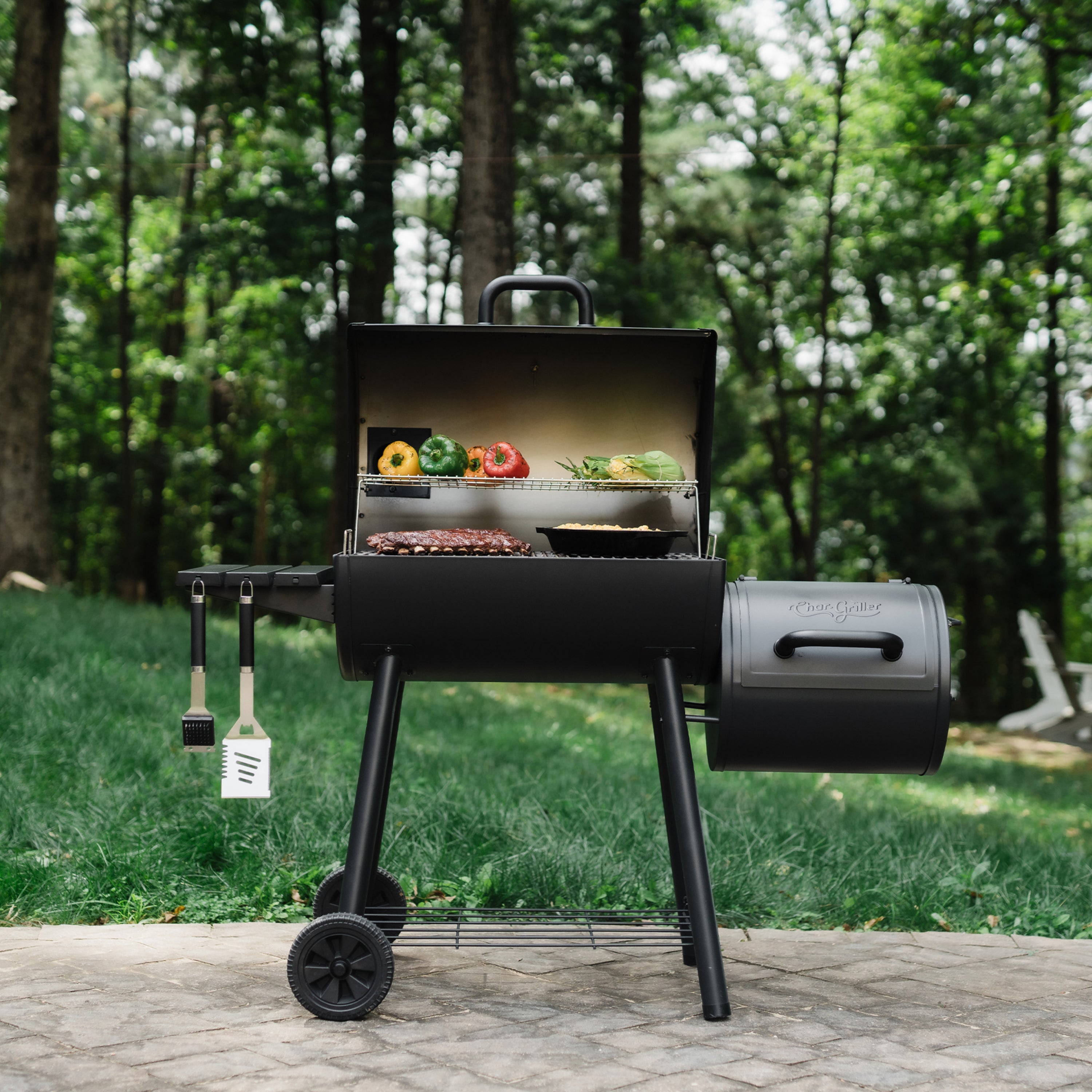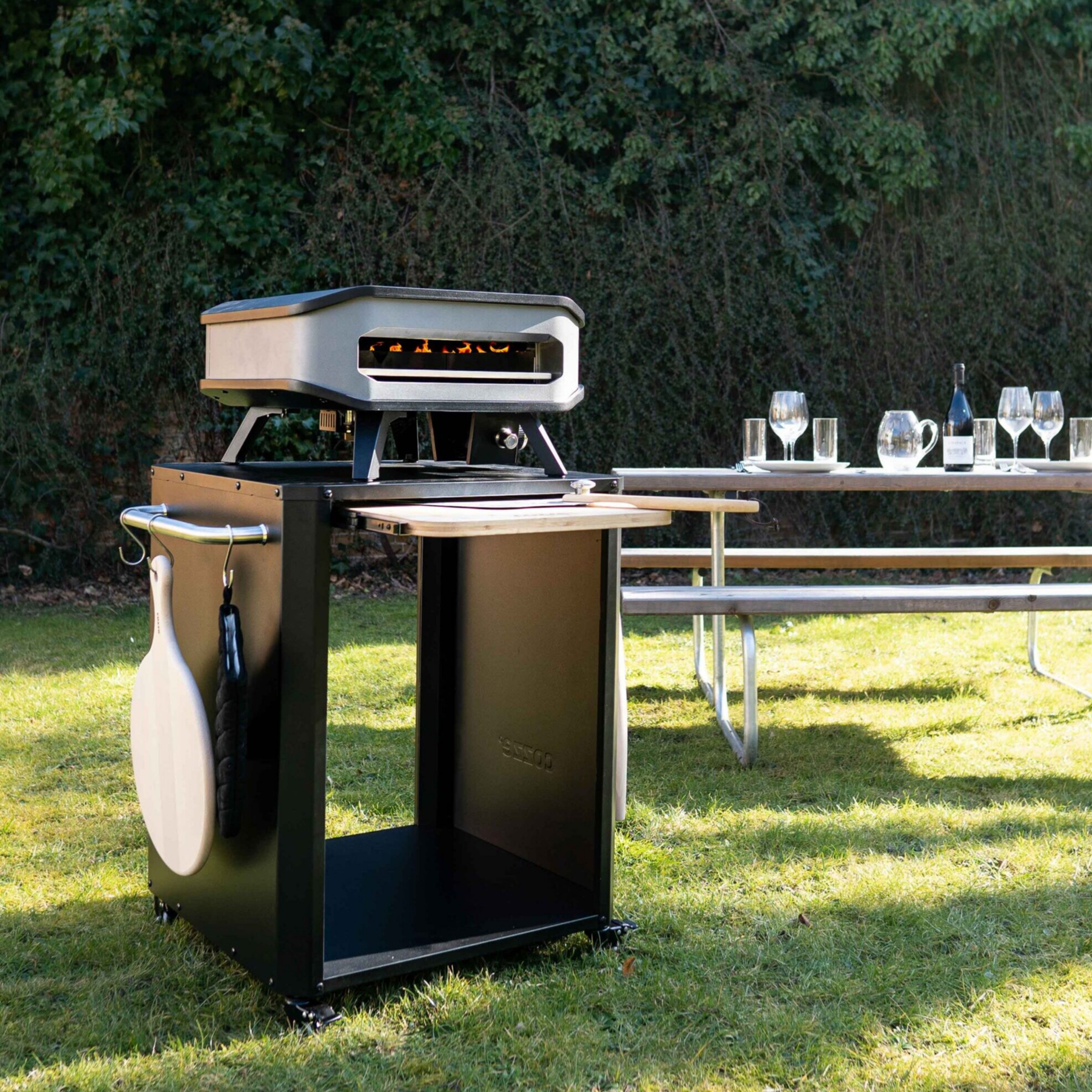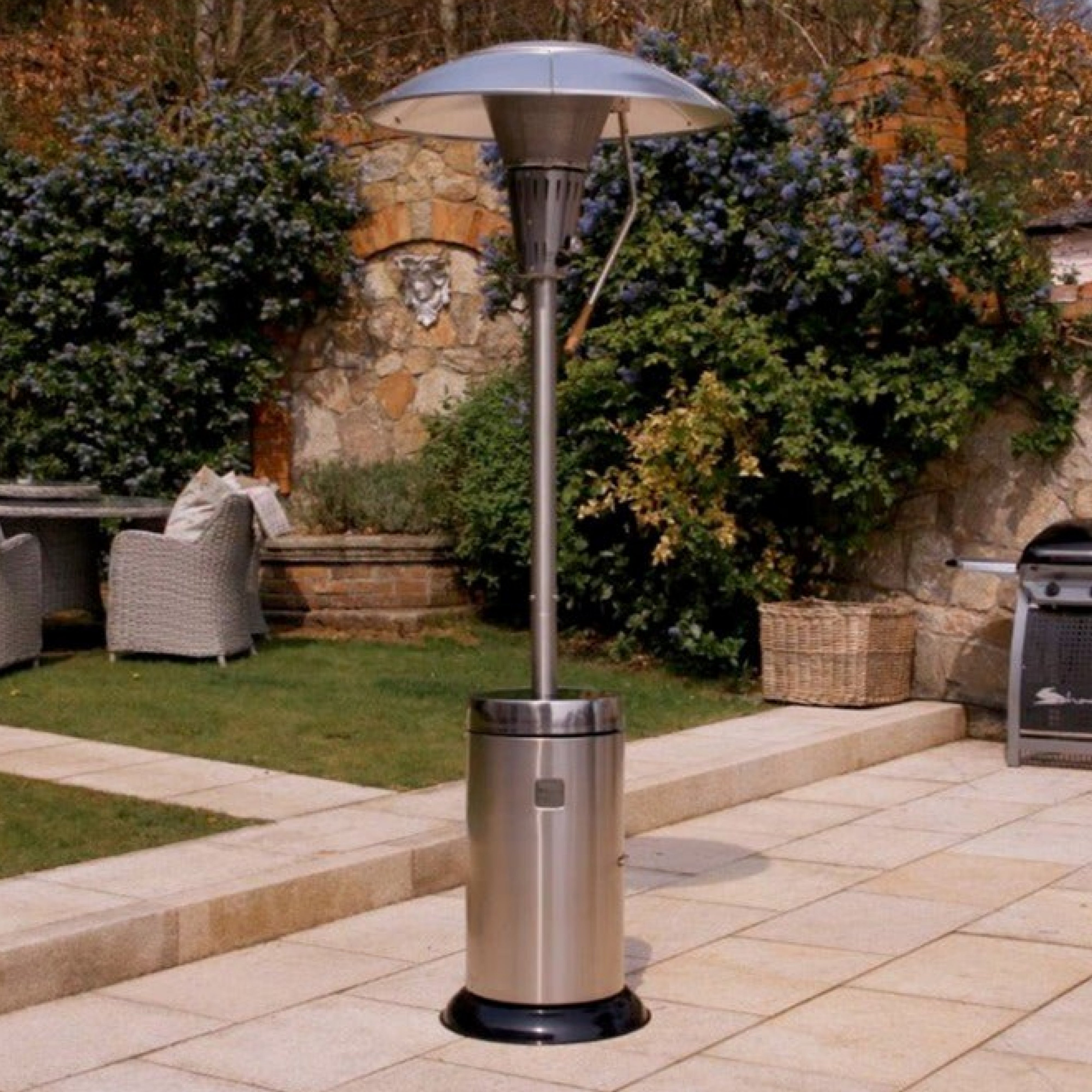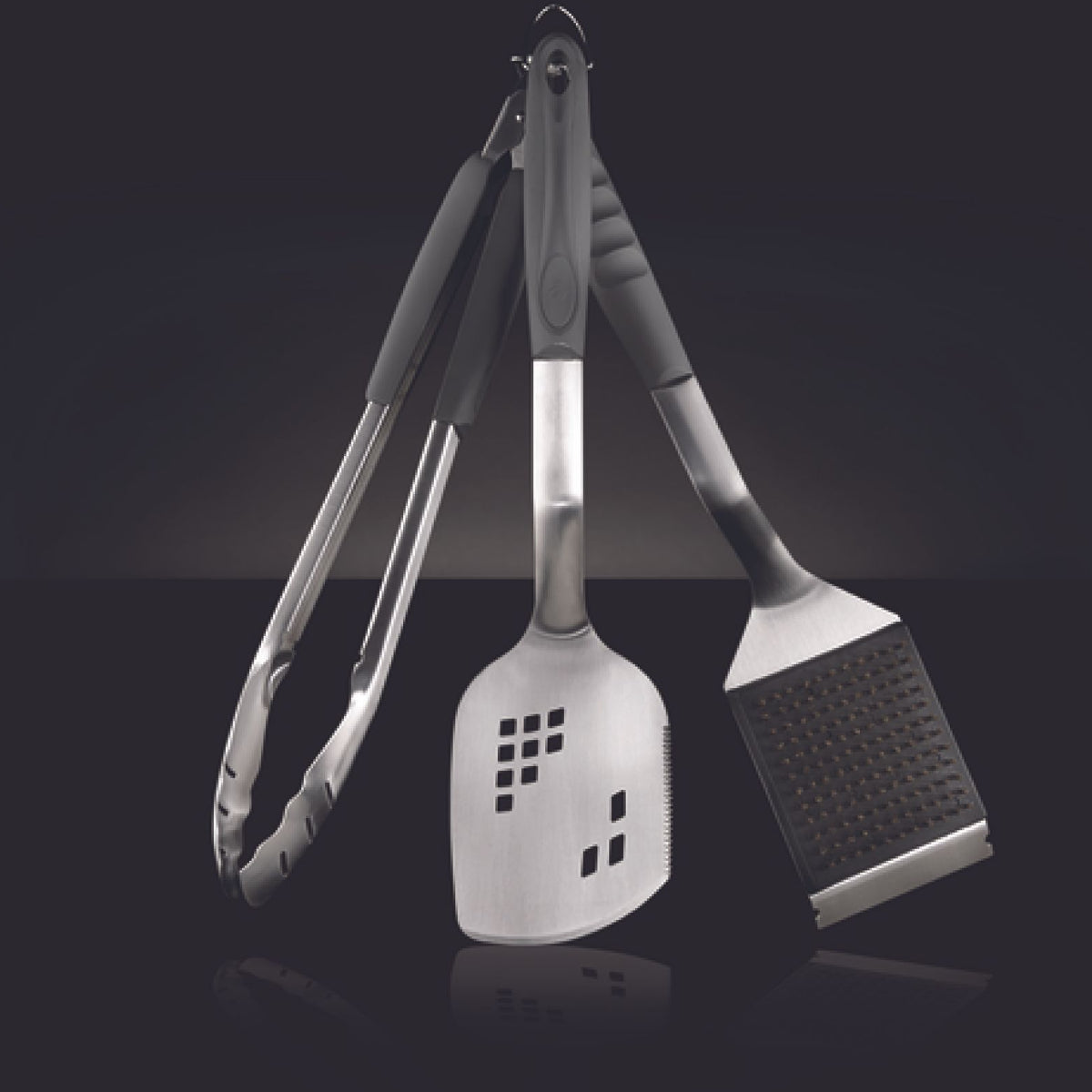Nowadays, barbecuing is an all-year round activity - We've even cooked Christmas Dinner on our BBQ!
Alongside the healthy-eating benefits, the boom in barbecuing is partly down to the increasingly varied number of BBQs you can buy. However, the huge range of products, whilst offering you all sorts of cooking options, can leave you wondering just which one to buy.
The choice will depend on how often you plan on using your BBQ, how many people you'll be cooking for, what features are most important to you, your budget of course, and perhaps most importantly your taste, both in terms of looks and the food that ends up on your plate?
So here's a quick guide to buying your barbecue:
'Fuel for thought'
Gas, Charcoal or Electric? The perennial debate, and whichever side you fall on, we think the decision ultimately comes down to convenience, functionality and personal preference. If quick, no-fuss cooking with cleaning-up kept to a minimum is your recipe for BBQ delight, then go with Gas. If you're more of a traditionalist and you favour flavour, then choose Charcoal.
'Size Matters'
The size of BBQ you choose is important. Think about how many people you'll usually cook for - just the family, friends for lunch or big parties?
If you typically cook for family or small groups then 2300 to 3300 cm of cooking space should be plenty. Bear in mind, and for comparison, most portable BBQs provide not much more than 1000 cm squared. Remember it's not just 'cooking space' you'll want to consider. It's important to have in mind how much 'Preparation space' and 'storage space' you'd like.
'Fine Features'
If you go with gas, you'll want to consider how you'll light it? We like individual “snap jet” ignition rather than the crossover types which light 2 or more burners at once. We think disposable drip-pans are safer and easier to clean-up than large permanent drip-pans. If you like to BBQ once the sun's gone down, integrated cook-out lights will help and tool holders built-in to your BBQ can avoid clutter, or the clatter of tongs hitting the ground!
Red-meat lovers often choose models with sear-stations or infra-red burners which char a steak on the outside but leave it rare in the middle.
Of course, spit-roasts are getting more and more popular, not least because they offer low-fat cooking, so a motorized rotisserie might be worth having.
If you choose charcoal then you may want to sweep up a chimney-starter (Weber make a great model) to help get the home fires burning. Hinged cooking grates mean you can add more coals as you go. Using charcoal baskets will help you move the coals exactly where you want them mixing between direct and indirect cooking as required. For kettle-style BBQs, slide-away lid holders keep your hands free. And we think a built-in ash catcher is always cleaner than a tray!
'It's not just the make, but what it's made of'
The materials it's made of and the quality of its components are really the key to your long-lasting enjoyment of your BBQ. For instance, rather like burgers and sausages, not all stainless steel (SS) is of equal quality. Most Gas grills use some SS in their construction but it has different grades. Stainless Steel Grade 304 is the most durable and recommended for commercial use - if you're not sure, try sticking a magnet to it. If it sticks it isn't 304. Check what the main body of the BBQ is made of - the burners, the cooking box and the lid or hood if it has one. Chrome-plated BBQs look great but require more care to keep them looking that way. Porcelain-coating features on top of the range models and the surface stops rust. You should also check how sturdy casters, wheel locks and handles are and whether the latter are heat-resistant. Make your BBQ a consumer durable.
That's the basics out of the way, now we take a look at the main types of BBQ you may want to consider, select for more information, or view our tasty recipes to see what is really possible with almost any of your barbecues.







